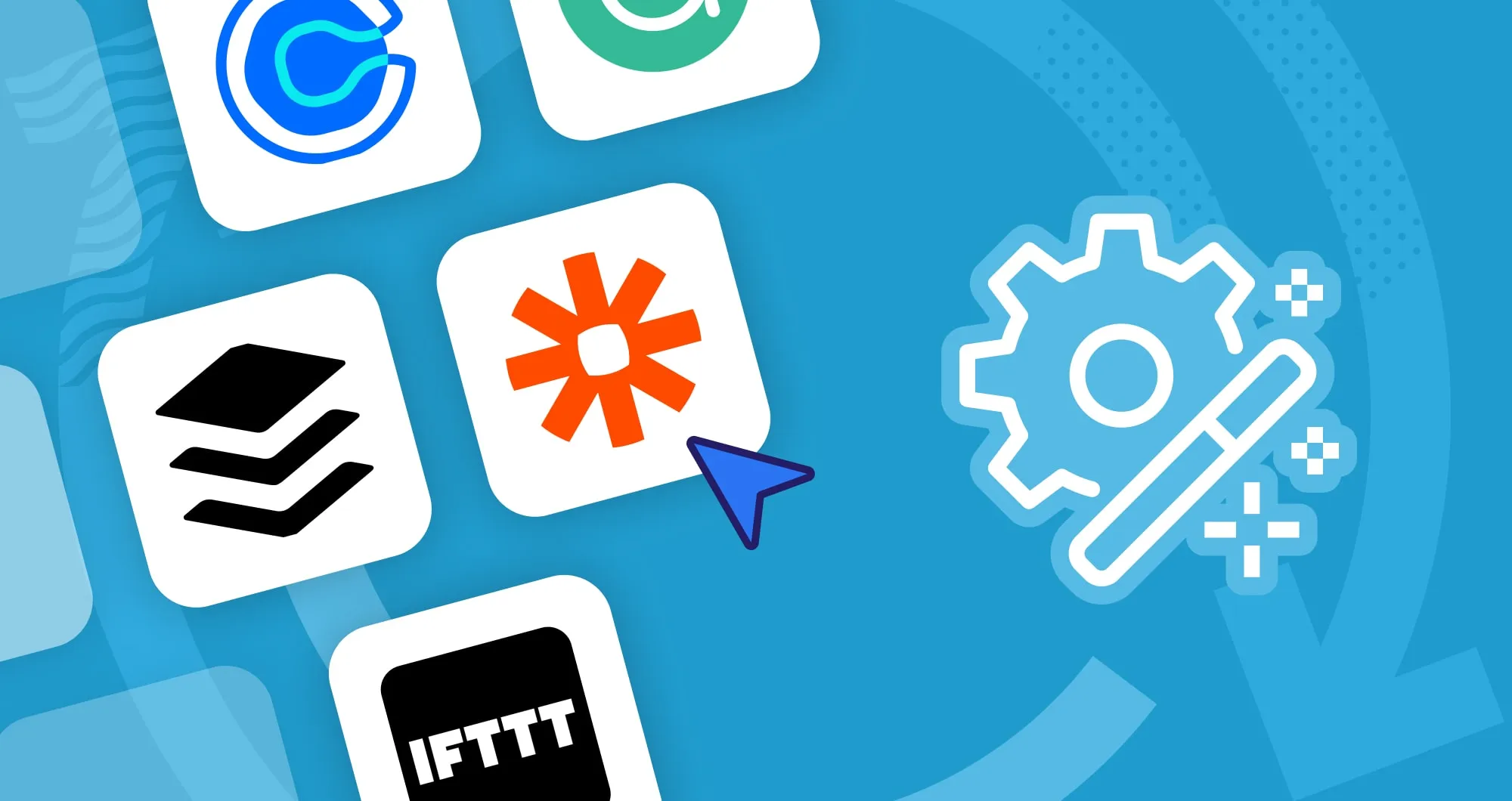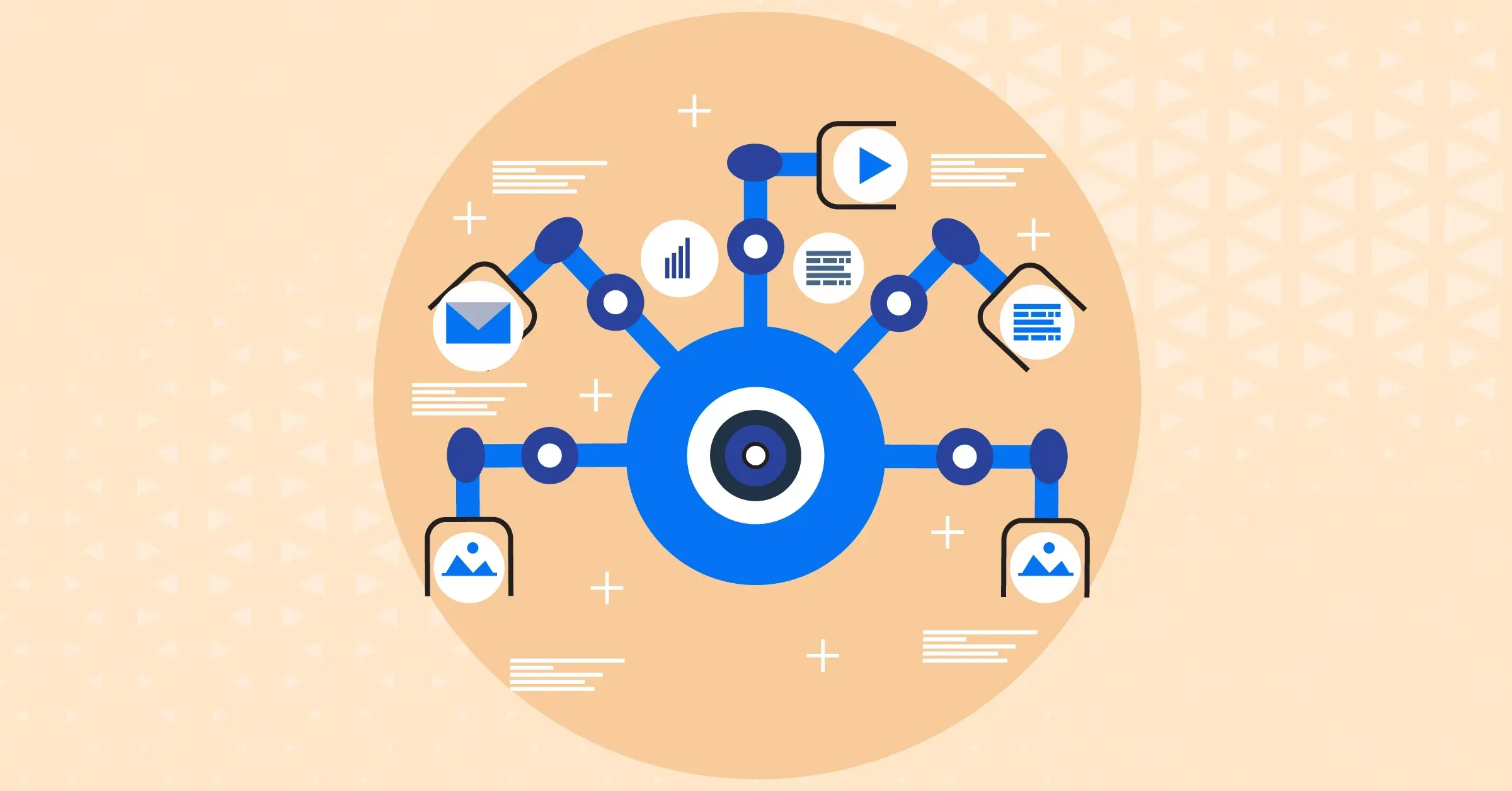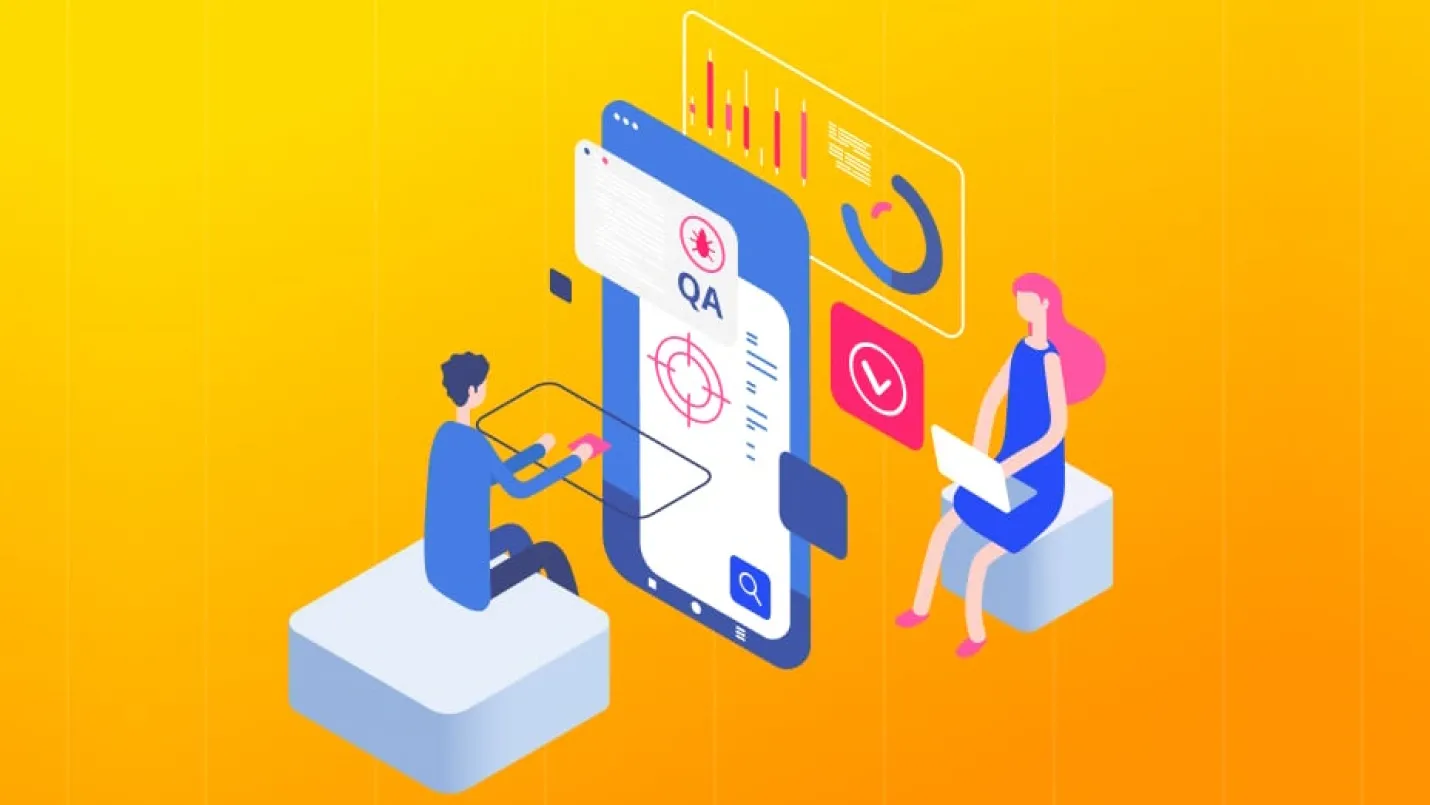In today’s hyper-connected and constantly accelerating work environment, the concept of “working smarter, not harder” has evolved from cliché to necessity. From small startups to global enterprises, teams across industries are seeking new ways to streamline operations, eliminate repetitive tasks, and scale productivity without expanding headcount. That’s where automation comes in — a transformational strategy that allows you to delegate your most time-consuming and manual tasks to intelligent systems.
Whether you’re managing daily email campaigns, handling customer service tickets, processing data, or orchestrating complex workflows across departments, automation tools have the potential to reshape your productivity landscape. With the right automation tools, you’re not just saving time — you’re building a more scalable, efficient, and responsive way of working. This article explores over 70 powerful automation platforms that are revolutionizing how people approach work, categorized into key groups to help you find the best tools for your needs. From workflow orchestrators to marketing engines and robotic task performers, each tool offers a unique advantage — and when combined strategically, they can completely transform your business operations.

Workflow Automation Tools
Workflow automation tools are the starting point for many organizations on their journey toward smarter working. These platforms are designed to connect your favorite apps and software into seamless, logic-driven sequences that handle tasks automatically. Whether it’s moving new form submissions into a CRM, sending follow-up emails, generating reports, or syncing data between platforms, these tools remove the need for repetitive manual intervention. What makes workflow automation particularly powerful is its accessibility — many platforms are low-code or no-code, meaning even non-technical users can build powerful automations. These tools benefit a wide array of users including entrepreneurs, marketers, HR teams, finance professionals, customer support reps, and executives — essentially anyone who juggles digital tools and systems every day. Below are 10 game-changing workflow automation tools that are driving operational efficiency across industries.
-
Zapier – Zapier is the go-to workflow automation platform for small businesses and freelancers. It connects with over 3,000 apps, allowing users to create “Zaps” — automated sequences triggered by events like form submissions, calendar updates, or email activity. For instance, you can automatically move leads from a Facebook ad into Google Sheets and notify your sales team in Slack.
-
Microsoft Power Automate – Part of the Microsoft ecosystem, Power Automate helps businesses automate repetitive tasks within Microsoft 365 and hundreds of other services. It supports everything from simple automations like moving files to complex robotic process flows. It’s ideal for businesses already using tools like Outlook, Teams, or SharePoint.
-
Make (formerly Integromat) – Make offers a visual automation builder that lets users create multi-step, complex workflows without writing code. You can manipulate data, create conditional logic, and build workflows that stretch across marketing, finance, and support teams. Its flexibility makes it a favorite among power users and tech-savvy teams.
-
Automate.io – A competitor to Zapier, Automate.io offers a clean interface and supports multi-app workflows, conditional filters, and real-time data sync. It’s widely used in sales, marketing, and customer engagement for syncing tools like Salesforce, Gmail, Mailchimp, and Trello.
-
Nintex – Designed for enterprise users, Nintex excels in automating business processes that involve document workflows, approval chains, and compliance-heavy procedures. It integrates well with SharePoint and Office 365, making it a top choice for large organizations with complex operational structures.
-
Kissflow – This intuitive tool allows businesses to design, run, and manage workflows from a unified dashboard. Teams can automate HR onboarding, procurement approvals, project tracking, and other recurring tasks without needing IT support. It also includes basic project and case management capabilities.
-
Pipefy – Pipefy gives teams the power to design their own process templates and automate steps across departments like finance, HR, and customer service. With a visual Kanban interface and integrations to apps like Slack and Zendesk, it helps you standardize processes and gain real-time visibility.
-
Tallyfy – Tallyfy focuses on automating recurring approval processes and documenting operational steps across teams. It helps organizations ensure no steps are skipped in multi-user processes by providing trackable, rule-based flows with real-time accountability.
-
Workato – A leader in enterprise-grade automation, Workato blends workflow automation with deep app integration and data transformation. It’s used by both business teams and IT departments to automate everything from customer onboarding to finance operations using pre-built recipes and custom logic.
-
Tray.io – Tray.io is a low-code platform for building complex, enterprise-level workflows. With a powerful drag-and-drop interface, teams can orchestrate integrations and data flows across platforms like Salesforce, Marketo, and NetSuite — all without relying on engineering.
Workflow automation tools like these are often the first and most critical step toward building a highly efficient digital business. They reduce human error, increase reliability, and allow you to refocus time and energy on strategy and innovation. Whether you’re looking to automate a handful of routine tasks or deploy end-to-end business logic across your company, these tools are equipped to meet the challenge.

Robotic Process Automation (RPA) Tools
While workflow automation tools connect cloud-based apps to automate simple digital tasks, Robotic Process Automation (RPA) tools go a step further. RPA technology simulates human actions — like clicking, typing, extracting data, and navigating software — to automate processes that typically require manual effort. These bots can log into applications, fill out forms, scrape data, trigger responses, and more. RPA is especially valuable in industries like finance, insurance, logistics, healthcare, and government, where legacy systems and high-volume processes create bottlenecks.
These tools are ideal for companies aiming to cut operational costs, reduce error-prone manual data entry, and speed up internal processes. Here are 10 powerful RPA tools that are changing how enterprises and mid-size businesses work every day.
-
UiPath – UiPath is one of the global leaders in the RPA space. It offers a platform that allows users to design, manage, and monitor bots across enterprise systems. Its drag-and-drop builder is user-friendly, and it integrates well with desktop and web apps, databases, and enterprise software like SAP.
-
Automation Anywhere – This tool brings together traditional RPA and AI in a cloud-native platform. It allows users to build bots that can handle structured and unstructured data, enabling complex workflows like invoice processing or claims management. It’s used by thousands of global enterprises for automating digital labor.
-
Blue Prism – Known for its strong enterprise-grade capabilities, Blue Prism is designed to help large organizations scale automation securely. It focuses on intelligent automation that combines RPA, machine learning, and AI, enabling end-to-end automation across departments.
-
Kofax RPA – Kofax provides RPA technology tailored to data-heavy environments. It allows businesses to automate routine tasks such as web scraping, data migration, and email parsing. It’s widely used in finance and legal industries where data management is crucial.
-
WorkFusion – WorkFusion blends traditional RPA with cognitive automation, using AI and machine learning to interpret documents, emails, and complex data. It’s perfect for financial institutions that need intelligent document processing and compliance automation.
-
Pega Platform – While known as a CRM and BPM tool, Pega also includes powerful RPA features. It’s ideal for organizations that want to combine process management, customer experience, and automation under one platform.
-
NICE Robotic Automation – NICE focuses on automating customer-facing processes and back-office operations. It offers attended and unattended bots and emphasizes improving customer service efficiency through automation.
-
EdgeVerve AssistEdge – Developed by Infosys, AssistEdge delivers intelligent automation with features like process discovery, cognitive bots, and analytics. It’s designed to scale automation across global enterprises while improving operational transparency.
-
Kryon – Kryon offers full-cycle automation, including process discovery, bot creation, and analytics. Its Process Discovery tool helps businesses identify where automation will have the biggest impact before implementing it.
-
AntWorks – AntWorks combines RPA with cognitive machine reading to automate data-heavy workflows, especially where unstructured data (like handwritten forms or scanned PDFs) is involved. It’s ideal for healthcare, finance, and legal industries.
RPA tools are revolutionizing how enterprises operate by giving them the ability to deploy digital workers that handle tedious, error-prone, and time-consuming processes with unparalleled accuracy and efficiency. What distinguishes these tools from basic automation platforms is their ability to interact with virtually any software interface the way a human would — only faster, without breaks, and with fewer mistakes.

Marketing Automation Tools
In the modern business environment, marketing isn’t just about creativity — it’s about systems. As audiences become more fragmented and customer journeys more complex, the need for automation in marketing has never been greater. Marketing automation tools allow you to manage multichannel campaigns, automate lead generation, personalize content delivery, and track performance metrics — all from one dashboard. Whether you’re a solo content creator, running an e-commerce brand, or leading a marketing department in a large organization, these tools can radically improve your efficiency and outcomes.
By automating repetitive tasks like email sequences, social media posts, segmentation, and A/B testing, these platforms allow marketers to focus on strategy and innovation. Let’s look at ten leading marketing automation tools changing how businesses communicate and grow.
-
HubSpot – A pioneer in inbound marketing, HubSpot is an all-in-one platform that includes marketing automation, CRM, content management, social media scheduling, and analytics. It’s widely used by SMBs and enterprises alike for nurturing leads through personalized workflows and detailed customer tracking.
-
Marketo (Adobe Experience Cloud) – Marketo is an enterprise-level marketing automation solution specializing in lead generation, account-based marketing (ABM), and personalized email campaigns. It integrates tightly with Salesforce and is favored by B2B marketing teams for its deep segmentation and analytics.
-
Pardot (Salesforce) – Pardot is Salesforce’s marketing automation platform geared toward B2B businesses. It enables lead scoring, email automation, ROI reporting, and seamless CRM integration, helping sales and marketing teams align better.
-
Mailchimp – Known originally for email marketing, Mailchimp has evolved into a complete marketing automation platform with audience segmentation, landing page builders, and automated campaign management. It’s especially popular among startups, freelancers, and e-commerce businesses.
-
ActiveCampaign – A fast-growing platform that combines email marketing, automation, sales CRM, and messaging into one tool. ActiveCampaign is perfect for SMBs that need smart automation and lead scoring without enterprise pricing.
-
GetResponse – Offers a robust suite including autoresponders, email automation, landing pages, webinars, and analytics. Its interface is friendly, making it accessible to beginners while still offering the depth that professionals need.
-
Sendinblue – A powerful, affordable option for small businesses. Sendinblue includes email automation, SMS campaigns, transactional emails, and basic CRM features. It’s particularly good for GDPR-compliant campaigns targeting European markets.
-
Drip – Tailored for e-commerce, Drip helps online businesses send behavior-based emails, automate sales funnels, and integrate seamlessly with Shopify, WooCommerce, and Magento. It excels in helping brands build loyalty through data-driven personalization.
-
Omnisend – Built for e-commerce marketing, Omnisend lets you automate email, SMS, push notifications, and even Facebook Messenger campaigns from one dashboard. It also includes product recommendations, abandoned cart triggers, and segmentation tools.
-
ConvertKit – Designed with creators in mind (bloggers, YouTubers, podcasters), ConvertKit automates email sequences, product launches, and audience segmentation based on behavior and tags. Its simplicity and elegant UX make it a favorite for personal brands.
Marketing automation tools make it possible to run large-scale, personalized marketing campaigns with the speed and precision that would be impossible manually. They don’t just help you work faster — they help you work smarter, nurturing leads and engaging audiences more meaningfully and at scale.

Customer Support Automation Tools
Customer support automation tools streamline service operations by managing tickets, triggering automated responses, and integrating live chat or AI-driven chatbots. These tools are essential for maintaining high levels of customer satisfaction while keeping support teams lean and efficient.
-
Zendesk – A market leader in customer service solutions, Zendesk automates ticketing, routing, and customer interactions. Its robust knowledge base and AI-driven suggestions reduce response times and improve support quality.
-
Freshdesk – Offers intelligent ticket assignment, canned responses, and SLA tracking. It’s ideal for businesses looking to scale support without compromising customer experience.
-
Intercom – Combines automation and conversational messaging with a real-time live chat interface. Great for startups looking to blend marketing and support seamlessly.
-
Drift – Uses chatbots for lead qualification and customer engagement. Drift stands out with its focus on B2B sales and personalized conversation flows.
-
Tidio – A simple yet powerful chatbot and live chat platform that integrates with Messenger and email. Tidio helps automate FAQs and lead collection effortlessly.
-
HelpCrunch – All-in-one customer communication platform combining chat, knowledge base, email campaigns, and automation. Perfect for SaaS businesses.
-
Zoho Desk – A context-aware help desk platform with automation rules for workflow triggers, time-based actions, and ticket categorization.
-
LiveAgent – Offers omnichannel support and automations for ticket routing, follow-ups, and satisfaction surveys.
-
Crisp – Combines live chat, chatbots, CRM, and automation to deliver real-time support with a personal touch.
-
Gorgias – Designed for e-commerce support, Gorgias connects to Shopify and automates order lookups, refunds, and replies to common inquiries.
These tools reduce response times, improve ticket resolution rates, and elevate the overall customer experience while minimizing the workload for support agents.

Sales & CRM Automation Tools
Sales automation tools handle lead tracking, pipeline updates, follow-ups, and deal management — allowing reps to focus on building relationships instead of managing data.
-
Salesforce – A titan in CRM, Salesforce automates workflows, lead scoring, email follow-ups, and forecasting with powerful AI features through Salesforce Einstein.
-
Pipedrive – A sales-focused CRM that uses automation to move deals through the pipeline, assign tasks, and trigger notifications based on deal activity.
-
Zoho CRM – Offers extensive automation capabilities including workflow rules, blueprints, and AI insights — all at an affordable price point.
-
HubSpot CRM – Free CRM that integrates with HubSpot’s full marketing and sales stack. Automates contact management, follow-ups, and task assignments.
-
Outreach – A sales engagement platform that automates outreach sequences, follow-ups, and lead prioritization based on real-time engagement data.
-
Close – Built for inside sales teams, it automates email sequences, call logging, and pipeline updates, reducing admin time.
-
Freshsales – Offers lead scoring, workflow automations, and AI-based insights. Especially useful for small to mid-sized businesses.
-
Keap (formerly Infusionsoft) – A small-business CRM that automates email marketing, sales pipelines, and payment collection.
-
Insightly – Combines CRM with project management, offering automation features like triggered emails, task creation, and pipeline updates.
-
Nutshell – A user-friendly CRM that automates pipeline updates, reporting, and lead capture from web forms.
Sales automation ensures that no lead falls through the cracks while reducing manual data entry and enabling smarter follow-ups.

Project Management & Team Productivity Automation
Project and task management platforms now include automation features to keep teams aligned, deadlines met, and progress visible — all with less micromanagement.
-
Asana – Automates task assignments, due dates, status changes, and project tracking with rules and templates.
-
Trello (with Butler) – Uses a built-in automation tool called Butler to auto-assign tasks, move cards, and send reminders.
-
ClickUp – Offers a full suite of automation templates for task updates, notifications, status changes, and recurring tasks.
-
Monday.com – Automates workflows across marketing, HR, product, and operations teams with visual project boards and rule-based triggers.
-
Notion – While known for documentation, it also offers task databases and recurring task automations through linked databases and templates.
-
Wrike – Provides automated approvals, status changes, and notifications for complex project management across large teams.
-
Airtable – Combines databases with task automation through Airtable Automations — perfect for content planning, inventory, and operations.
-
Smartsheet – Automates alerts, reminders, and update requests in spreadsheet-style project tracking.
-
Teamwork – Designed for client services, Teamwork automates time tracking, invoicing, and project dependencies.
-
Todoist – Personal task management tool that supports productivity workflows with recurring tasks and integration-based automations.
Automation in project management reduces repetitive coordination and ensures that everyone stays on track with minimal manual effort.

HR & Employee Onboarding Automation Tools
HR automation is essential for onboarding, compliance, payroll, and employee engagement — especially in remote and hybrid work environments.
-
BambooHR – Automates onboarding checklists, time-off requests, and employee document collection.
-
Gusto – Simplifies payroll and automates tax filing, benefits administration, and onboarding workflows.
-
Rippling – Integrates HR and IT by automating device provisioning, app access, payroll, and compliance tasks for new hires.
-
Zenefits – Offers end-to-end HR automation including hiring, onboarding, time tracking, and benefits management.
-
Namely – Focuses on mid-sized businesses with workflows for performance reviews, document signing, and compliance tracking.
-
Workday – Enterprise HR platform that uses AI to automate performance management, workforce planning, and hiring workflows.
-
Deel – Automates global hiring, contractor payments, and compliance for remote-first companies.
-
Sapling (by Kallidus) – Automates pre-boarding, task assignments, and workflow tracking for people operations teams.
-
ClearCompany – Provides recruiting automation, applicant tracking, and performance management tools.
-
PeopleHR – Streamlines HR tasks like vacation tracking, training schedules, and employee document automation.
Automating HR functions reduces paperwork, speeds up onboarding, and ensures consistency across employee experiences.

Data & Analytics Automation Tools
These tools automate data collection, analysis, and reporting — saving time while unlocking insights faster and more accurately.
-
Google Data Studio – Automates dashboards and reporting from sources like Google Analytics, Sheets, and Ads.
-
Tableau – Offers automation for data visualization, dashboard refreshes, and scheduled insights delivery.
-
Looker – A BI tool from Google Cloud that automates analytics workflows and connects with big data sources.
-
Power BI (Microsoft) – Automates dashboard creation and integrates with Excel, SQL, and online services.
-
Klipfolio – Creates real-time dashboards from 100+ data sources with automation and scheduled updates.
-
Supermetrics – Automates data pulls from marketing platforms into spreadsheets and dashboards.
-
Segment – Collects and routes customer data automatically to analytics, CRM, and ad platforms.
-
Alteryx – Offers automated data preparation, blending, and predictive analytics — perfect for data teams.
-
Domo – Combines automation, visualization, and collaboration for business performance tracking.
-
Databox – Automates performance monitoring with preset metrics and goals across marketing, sales, and finance.
Data automation tools eliminate the need for manual reporting and enable real-time decision-making with powerful visual dashboards and analytics.

The future of work is not just digital — it’s automated. As we’ve explored through these 80 powerful tools, automation is more than a trend; it’s a transformation. Whether you’re a startup founder trying to streamline workflows, a marketing team nurturing thousands of leads, or an enterprise looking to scale global operations, automation tools can help you do more with less, and do it smarter.
From the simplicity of Zapier and Trello to the complexity of UiPath and Tableau, each tool has a specific purpose — to eliminate repetitive tasks, reduce human error, increase speed, and free you to focus on what matters most. Automation isn’t about replacing people — it’s about empowering them. When you automate the routine, you make room for the creative, the strategic, and the deeply human aspects of work that machines can’t replicate.










